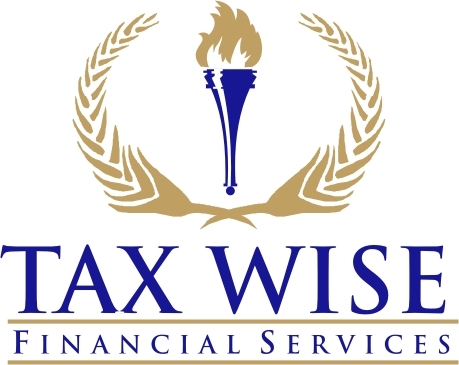
Page 1: What Is an Asset Location Strategy?
An asset location strategy is one of the smartest ways to keep more of your investment returns. It helps you decide where to hold different investments for max tax efficiency. In 2025, knowing how to use an asset location strategy can make a big difference in your long-term wealth.
This strategy is not the same as asset allocation. Asset allocation is about how much money you put into different types of investments, like stocks or bonds. Asset location is about where to put those investments—such as in a taxable account, a traditional IRA, or a Roth IRA. Each type of account is taxed differently.
Using an asset location strategy lets you place each investment in the best account to lower your tax bill. That way, you get to keep more of your earnings and grow your wealth faster.
Why Does Asset Location Matter in 2025?
Some investments create a lot of taxable income. For example, bonds and REITs (Real Estate Investment Trusts) often pay regular income that is taxed every year. Other investments, like growth stocks, are more tax-friendly.
Here are three key reasons to use an asset location strategy in 2025:
- Lower your yearly tax bill
- Help your investments grow more efficiently
- Use each type of account to its full advantage
With taxes expected to change in the future, planning your investment locations wisely has never been more important.
Page 2: Best Accounts for Each Investment Type
To follow a good asset location strategy, you need to understand the three main types of accounts:
1. Taxable Accounts
These are regular brokerage accounts. You pay taxes on interest, dividends, and capital gains every year. They’re best for:
- Growth stocks that pay little or no dividends
- Tax-managed funds
- Municipal bonds (usually tax-free)
2. Tax-Deferred Accounts (Traditional IRA or 401(k))
You don’t pay taxes until you withdraw the money. These are good places for:
- Bonds (interest income is taxed if held in a taxable account)
- REITs
- Mutual funds with frequent trading
3. Tax-Free Accounts (Roth IRA or Roth 401(k))
You pay taxes upfront, but all future growth and withdrawals are tax-free. These are best for:
- High-growth investments
- Stocks you want to hold for a long time
Matching each type of investment with the right account is the heart of a strong asset location strategy.
Page 3: Build a Smart Asset Location Strategy in 2025
Let’s say you have three accounts: a taxable brokerage, a traditional IRA, and a Roth IRA. Here’s how to build a smart asset location strategy:
- Put REITs and bonds in your traditional IRA
- Place high-growth stocks in your Roth IRA
- Hold tax-efficient index funds in your taxable account
This setup helps you pay less in taxes and gives your money more room to grow.
Pro Tips to Make It Work
- Review your investments every year to keep your strategy on track
- Think about how taxes might change when you retire
- Use online tools or speak with a financial advisor to help you plan better
When you follow an asset location strategy, you’re making a smart choice for your future. You’re not just investing—you’re investing with a plan.


